Adhering to compliance may keep you aligned with security standards, but it’s not enough to defend against attackers. True resilience comes from establishing proactive defense, not just passing audits. That’s why it’s time to look beyond meeting compliance needs.
SaaS apps, hybrid work, global contractors—your access landscape is getting more complex by the day. For financial institutions, that means:
- Thousands of user-app-permission combinations to govern
- Pressure to prove least-privilege access during audits (SOX, etc.)
- Increased risk of fraud, data leakage, and failed access reviews.
Most teams respond with traditional IGA, built to check compliance boxes. But here's the problem:
- Reviews happen quarterly (at best), often after access issues have occurred
- Access is approved based on org charts, not real usage or risk
- There's little visibility into over-provisioned accounts or unused access
That's not enough. When IGA is compliance-first, it can't support dynamic access needs, enable secure scaling, or improve your security posture in real-time.
This article walks you through how to modernize your IGA approach by shifting to a business-driven model that balances compliance, security, and operational efficiency.
Why Compliance-Driven IGA Can’t Keep Up?
Compliance-driven IGA is an approach that is primarily focused on meeting compliance regulatory requirements (such as PCI DSS, GDPR, SOX, and more). However, it has certain limitations that impact financial institutions' security defenses.
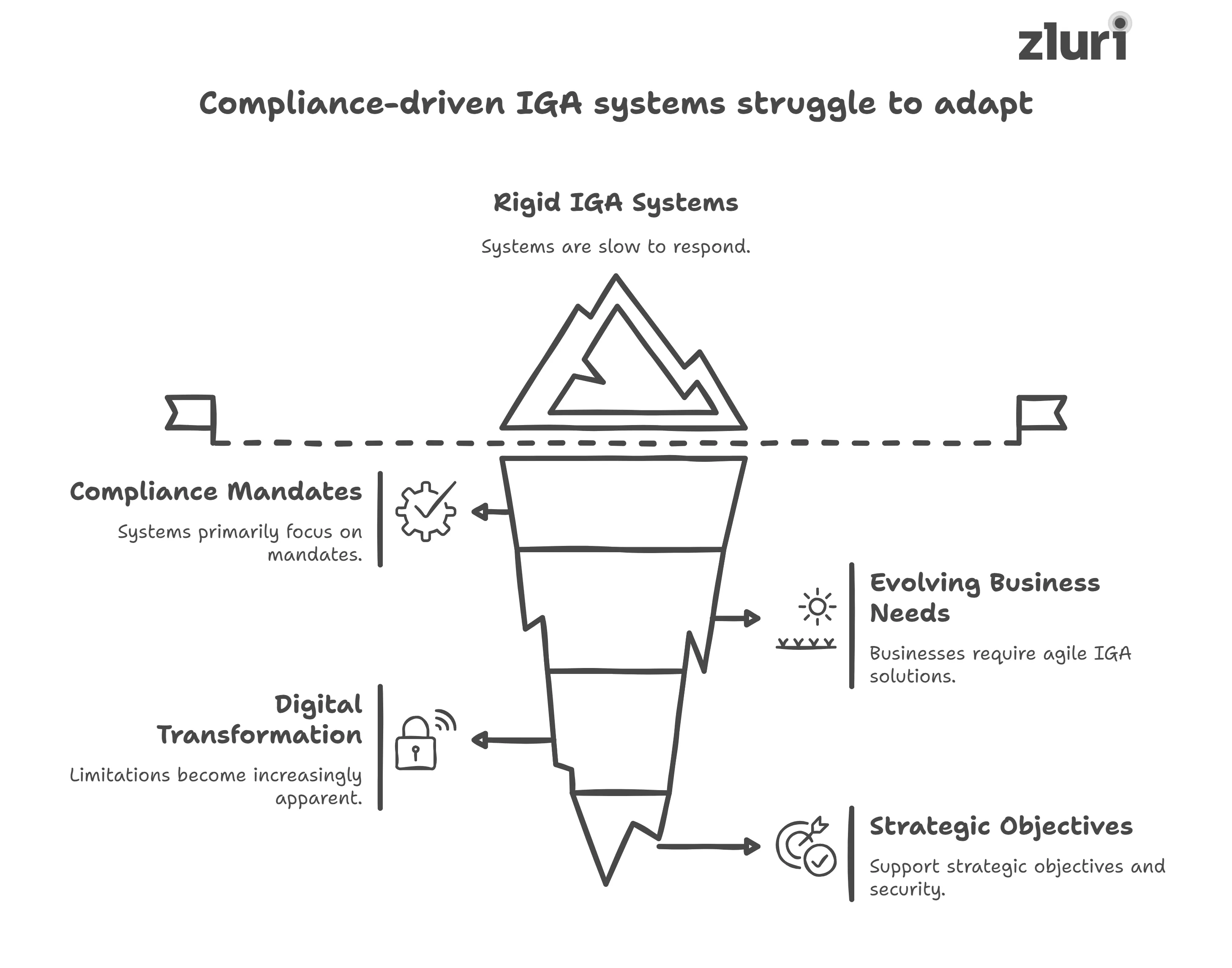
1. Act As A Point-In-Time Solution
Typically, most compliance audits happen annually, bi-annually, or at best, quarterly. Therefore, financial institutions only conduct access reviews at specific intervals – on a "when needed" basis.
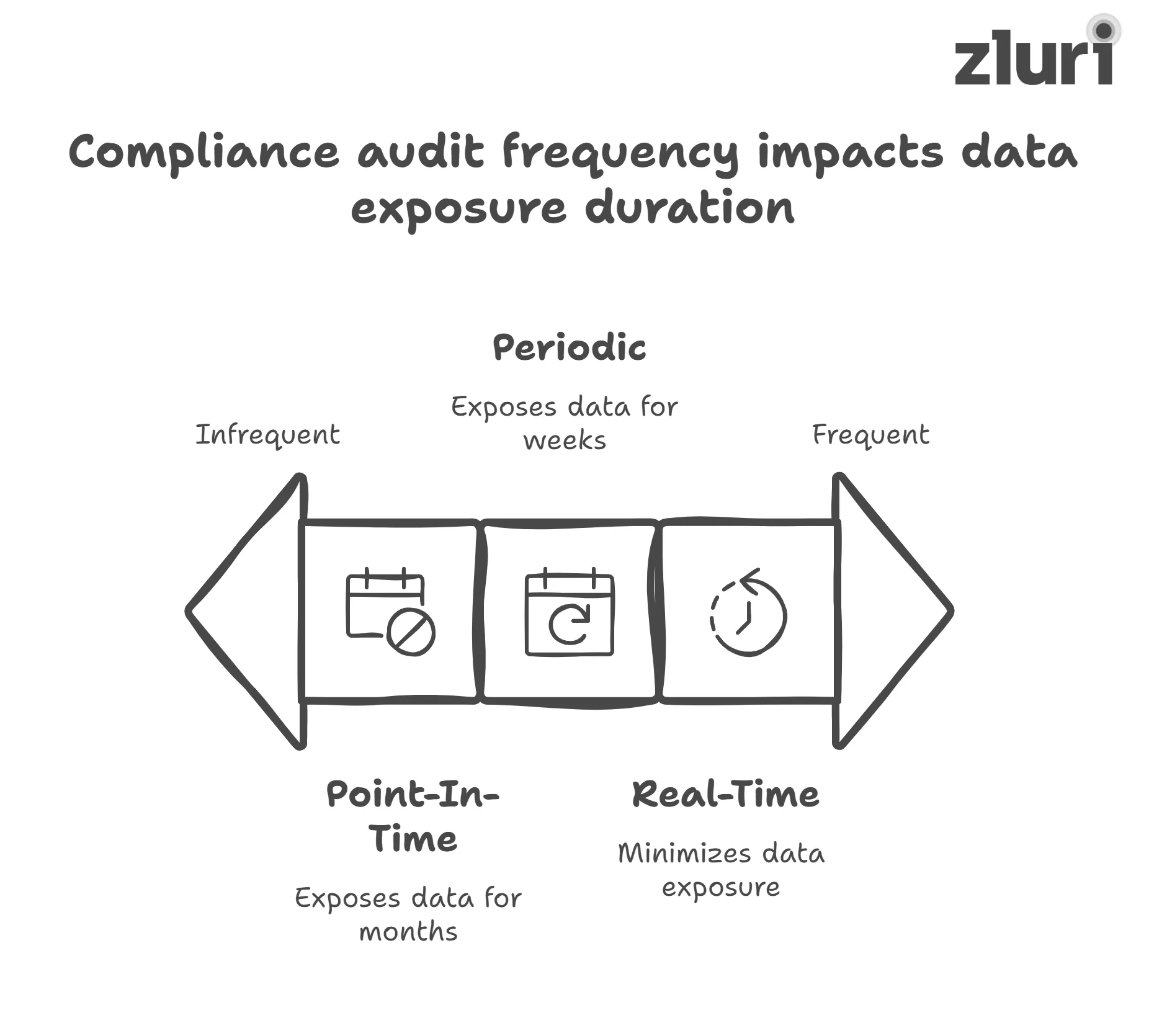
But a lot can change between these reviews:
- New hires join, and employees transition to a new role,
- They leave once their tenure is completed,
- Entitlement changes,
- Contractors rotate in and out,
- New SaaS apps are introduced.
As a result, any changes that occur after the review remain undiscovered and unaddressed until the next review cycle.
This leaves financial organizations’ critical data exposed to attacks for days and months.
2. Narrow Scope Of Reviews
While performing access reviews, teams (such as your internal audit team) only review a limited set of applications and identity accounts (verifying who got access to what and whether it's appropriate for them or not).
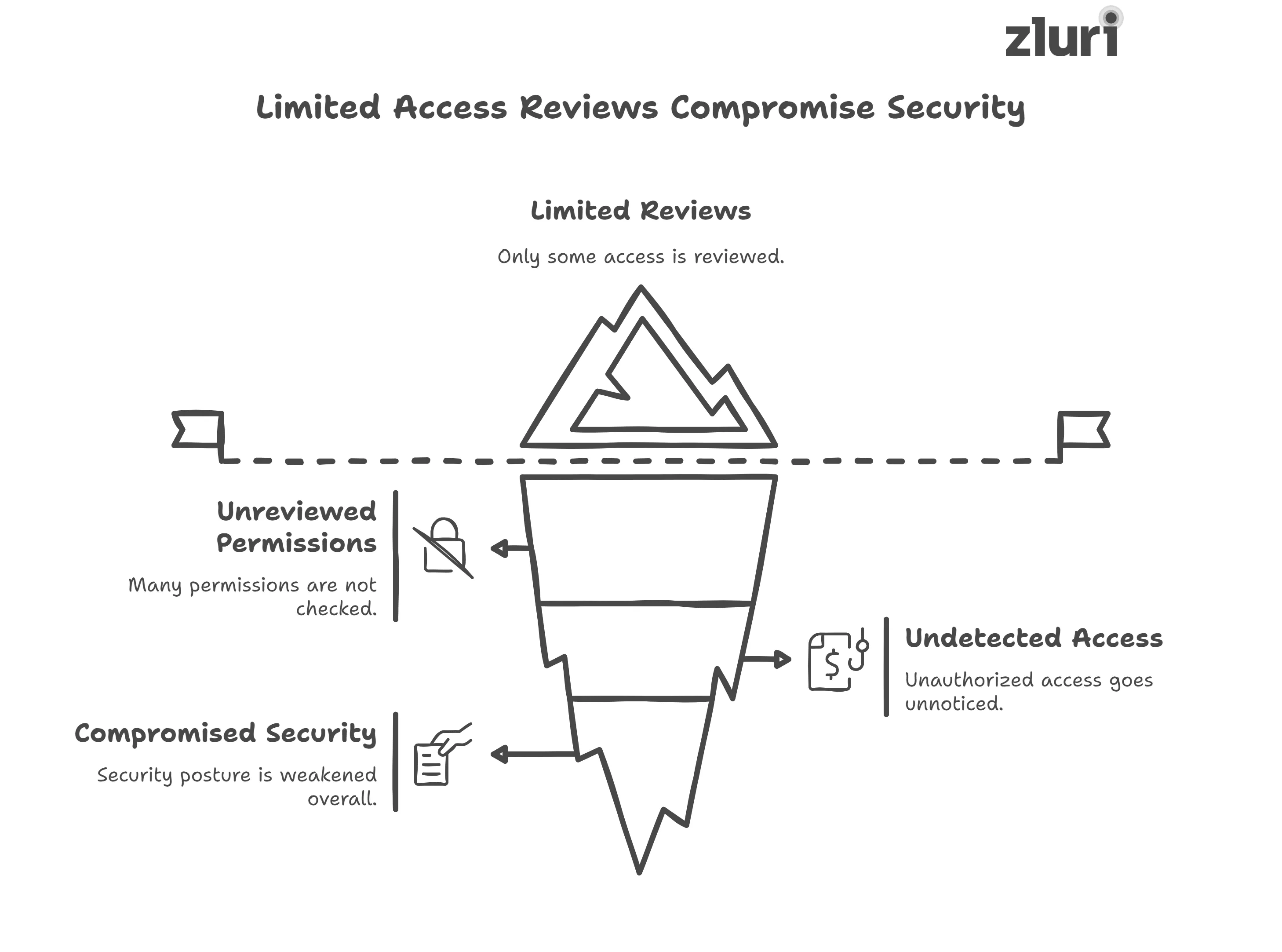
Result?
- A significant number of users and app permissions go unreviewed/unchecked. This creates blind spots, where unauthorized or unnecessary access to sensitive data can go undetected and unmanaged.
So while the financial institution is technically achieving compliance, the actual security posture and operational efficiency are compromised.
3. It’s A Reactive, Not Proactive Approach

When conducting an access review, if any access anomalies are detected, teams perform two actions to remediate the issue, i.e. –
- Either revoke access
- Or modify access
These actions, however, are reactive in nature.
The team is responding to the problem (which is access anomalies) after they’ve already occurred rather than preventing missteps from the start.
Result?
- Financial institutions will end up playing catch-up – removing or adjusting access after access mismanagement has already occurred.
- Also, a reactive approach may satisfy auditors temporarily, but it will leave a significant gap in both security aspects, increasing the risk of insider threats.
So what’s missing is a proactive approach, i.e., provisioning access correctly right from the start so that access misalignments never occur in the first place.
Now the big question is – ‘what needs to be done then?’ You need to opt for a business-driven IGA model. What is that? Let’s find out.
What Business-Driven IGA Looks Like In Practice?
Business-driven IGA is a broader approach that focuses on achieving compliance, maintaining identity and data security, and enhancing operational efficiency – not just compliance. Here’s how it helps:
.webp)
1. Stronger Security Posture
- Least privilege by design: Access is granted based on business role, reducing exposure.
- Proactive risk detection: AI/analytics detect anomalies and over-provisioning before incidents occur.
- Faster revocation: Automates deprovisioning during offboarding or role change.
2. Faster Time-to-Productivity
- Efficient onboarding: New hires, contractors, or partners get access to required tools on Day 1.
- Dynamic access grants: Automates access based on business roles, projects, or locations.
- JIT access models: Temporary access granted only when needed—minimizing risk and delays.
3. Reduced Audit Fatigue
- Continuous compliance: Always-on access monitoring reduces scrambling during audits.
- Automated evidence collection: Generates audit trails, reports, and proofs automatically.
- Less manual work: Role-based and risk-aware access reviews are easier to complete and justify.
4. Cost and Resource Optimization
- Fewer helpdesk tickets: Self-service portals and automated workflows reduce IT burden.
- Less over-provisioning: Streamlined access translates to fewer licenses and lower SaaS costs.
- Fewer human errors: Automation reduces the risk of misconfigurations or missed deprovisioning.
5. Improved Collaboration Between IT, Security, and Business
- Shared accountability: Business owners take ownership of access reviews and decisions.
- Aligned goals: Governance policies reflect real-world workflows and productivity needs.
- Clear visibility: Dashboards and metrics tie access to business roles and outcomes.
6. Agility for Mergers, Cloud, and Workforce Shifts
- Rapid identity integration during M&As
- Flexible access across hybrid or cloud-native environments
- Support for dynamic, distributed, or temporary workforces
7. Foundation for Zero Trust Architecture
- Aligns access control with Zero Trust principles: verify explicitly, enforce least privilege, assume breach.
- Enables contextual, risk-based decision-making for sensitive data and critical systems.
Now, you’ll probably be wondering – what type of solution is truly suited for a business-driven IGA model?
Well! You have two options –
- Either choose multiple solutions to address different aspects of IGA, such as:
- ULM solution to manage identity lifecycle (e.g., Jumpcloud and MiniOrange)
- PAM and IAM solution to manage granular access control and identity security (e.g., Microsoft Entra and Okta)
- ITSM tool to manage access requests (e.g., Jira Service Management and SolarWinds)
- Access review solution to review access permissions (e.g., Lumos and Saviynt)
- Or else, you can go for an advanced and intelligent solution like Zluri, ‘the ultimate all-in-one solution’.
How Zluri Supports Business-Driven IGA?
As discussed earlier, financial institutions can no longer afford to be –
- Reactive,
- Operate with a fragmented approach,
- Or limit their efforts to merely meeting compliance.
They have to adopt a proactive strategy that aligns with broader business objectives.
This is exactly where Zluri comes into play – helping financial institutions seamlessly meet the evolving trends and needs.
Zluri is a business-driven IGA platform built for modern organizations. It offers a suite of tools, i.e., access review, access management, and access request. Each of these tools is especially designed to simplify the management of different processes associated with IGA.
To give you more clarity, below, we’ve discussed what each of these tools does exactly.
1. Access Review Solution
Zluri’s access review solution helps manage the four stages of the reviewing process – data collection, reviewing, remediation, and reporting.
- Data Collection: Zluri integrates with the app that you choose for review and automatically gathers accurate and up-to-date data regarding all the identities that are using the app, such as:
- Which department are they from
- Active or inactive status
- User type (admin or user), and more
Then, it presents all this data in a centralized, easy-to-access dashboard.
So this means you no longer have to engage in the tedious job of data collection.
- Review: To simplify the reviewing process for reviewers, Zluri offers contextual risk insights such as:
- Number of orphaned accounts,
- Privileged users,
- Users who are inactive in the last 30 days,
- External users, and more
With the help of these insights, reviewers can make more precise and informed decisions regarding what action to take –
- Whether to revoke access permissions of users,
- Modify them,
- Or allow them to continue with the access
- Remediation: To address the detected access misalignments, Zluri helps IT teams remediate them.
- It offers deprovisioning and downgrading license playbooks that automatically revoke and modify access permissions once triggered.
Result? This minimizes the risk of slipups (human error) – such as forgetting to revoke access or misconfiguring permissions.
- Reporting: Once the access review is completed, Zluri auto-generates a detailed user access review report outlining.
- Who performed the review
- Which application was reviewed
- Which users were reviewed
- What remediation action was performed to address the identified access anomalies
2. Access Management Solution
Zluri automates the end-to-end user lifecycle management – right from the moment a user joins the organization to the time they exit.
- Onboarding
Zluri ensures that new joiners are equipped with the right set of tools from day one, enabling them to be productive from the very start.
With its intelligent onboarding workflows, all your team needs to do is –
- Specify the user
- Zluri will automatically recommend the most relevant app based on their role or department.
- Your team can perform in-app actions as well, such as adding users to specific Slack channels or configuring access permissions within applications.
- After that, they just need to select the application, choose in-app actions from recommendations, and run the workflow. That’s it!
- Offboarding
To ensure no access lingers with departing employees, Zluri enables you to promptly revoke their access.
- It offers offboarding workflows, where your team needs to –
- Specify the departing user
- Zluri will automatically identify all the applications they have access to and the groups they belong to.
- Your team can also select the appropriate actions—such as revoking app access or removing the user from specific groups.
- After that, they can execute the workflow in just a few clicks, eliminating the risk of overlooked permissions.
- Transitioning
Managing user life-cycle transitions is one of the most critical and complex tasks— but with Zluri, it becomes seamless.
Your team can use both dedicated workflows to handle these transitions efficiently.
- First, run the offboarding workflow to remove the user’s access to applications and groups as needed.
- Then, execute the onboarding playbook to grant them access to new applications, ensuring a smooth and secure transition.
3. Access Request Solution
Users frequently request access to apps throughout their lifecycle. However, when hundreds of such requests flood the IT team's inbox, it quickly becomes overwhelming.
Many requests get lost in the overflowing inboxes and remain unaddressed. As a result, it hampers employees' productivity and ultimately impacts the operations.
However, Zluri helps address this challenge with its Access Request solution.
- It provides a self-service portal where users can easily submit requests for the applications they need. Note: The portal is fully configurable by the IT team, allowing control over what users can view and request.
- Furthermore, each time a request is submitted, Zluri notifies the IT team and consolidates all requests into a centralized dashboard. This dashboard clearly shows the status of each request – whether pending or completed – ensuring no request gets missed.
- Now, addressing each app access request one by one can be tedious. Zluri recognizes this operational challenge; that’s why it even gave the option to automate the approval process.
You just need to define clear rules/policies to auto-approve and auto-reject non-critical app access requests. This not only accelerates the request resolution process but also reduces the administrative burden on IT teams.
Suppose you need your IT admins to get instant access to the apps they request. So, for that, you need to specify the following details in Zluri’s automation rule workflow:
Once configured, Zluri will automatically grant the admins access to requested applications – no manual involvement required.
Book a demo to see Zluri in action.
However, you need to understand that: ‘choosing the right solution is only the beginning – success lies in how you implement it’. Simply adopting a platform won’t magically transform your identity governance.
To truly shift from compliance-driven to business-driven IGA and unlock real value, you need to do more.
Adopt Business-Driven IGA To Meet Security, Compliance,& Operational Efficiency Needs At Once
To thrive in the competitive market, financial institutions need to pursue all three core objectives – security, compliance, and operational efficiency simultaneously. Overlooking one in favor of the other is no longer an option.
Moreover, chasing one objective is simply a waste of time and resources because you neither get the complete value nor true protection. Compliance alone, for instance, may satisfy auditors but isn’t enough to prevent breaches.
Therefore, it’s better to strike a balance across all three. This way, you can create a secure access environment, avoid compliance penalties, and unlock growth opportunities.









.svg)



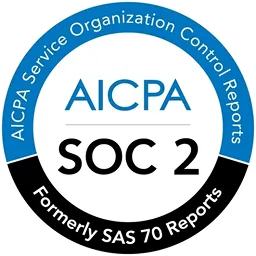
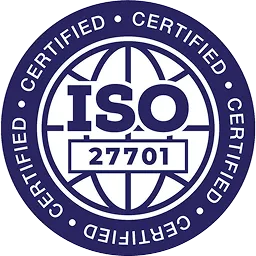
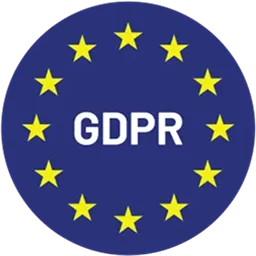
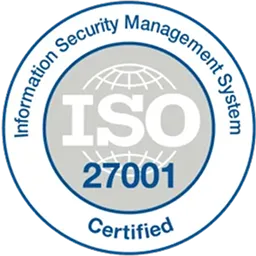

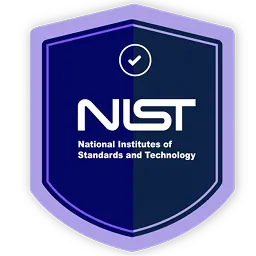
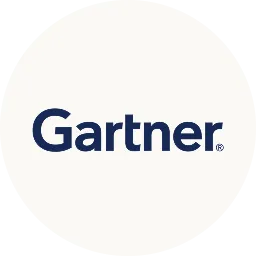


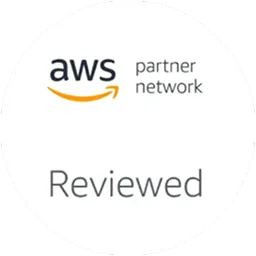








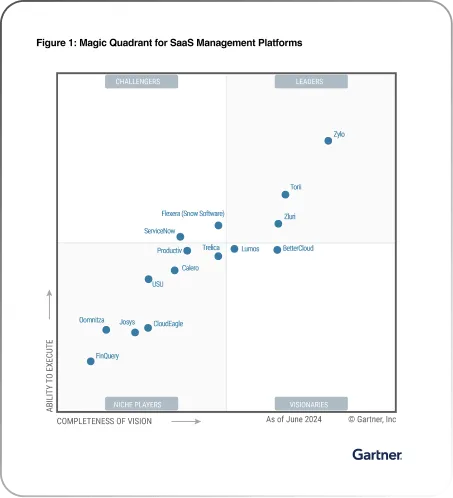







.webp)







.webp)
.webp)





.webp)